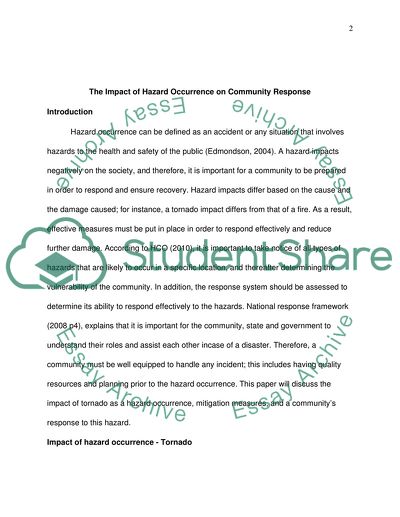Cite this document
(The Impact of Hazard Occurrence on Community Response Term Paper, n.d.)
The Impact of Hazard Occurrence on Community Response Term Paper. Retrieved from https://studentshare.org/social-science/1765638-the-impact-of-hazard-occurrence-on-community-response
The Impact of Hazard Occurrence on Community Response Term Paper. Retrieved from https://studentshare.org/social-science/1765638-the-impact-of-hazard-occurrence-on-community-response
(The Impact of Hazard Occurrence on Community Response Term Paper)
The Impact of Hazard Occurrence on Community Response Term Paper. https://studentshare.org/social-science/1765638-the-impact-of-hazard-occurrence-on-community-response.
The Impact of Hazard Occurrence on Community Response Term Paper. https://studentshare.org/social-science/1765638-the-impact-of-hazard-occurrence-on-community-response.
“The Impact of Hazard Occurrence on Community Response Term Paper”, n.d. https://studentshare.org/social-science/1765638-the-impact-of-hazard-occurrence-on-community-response.


